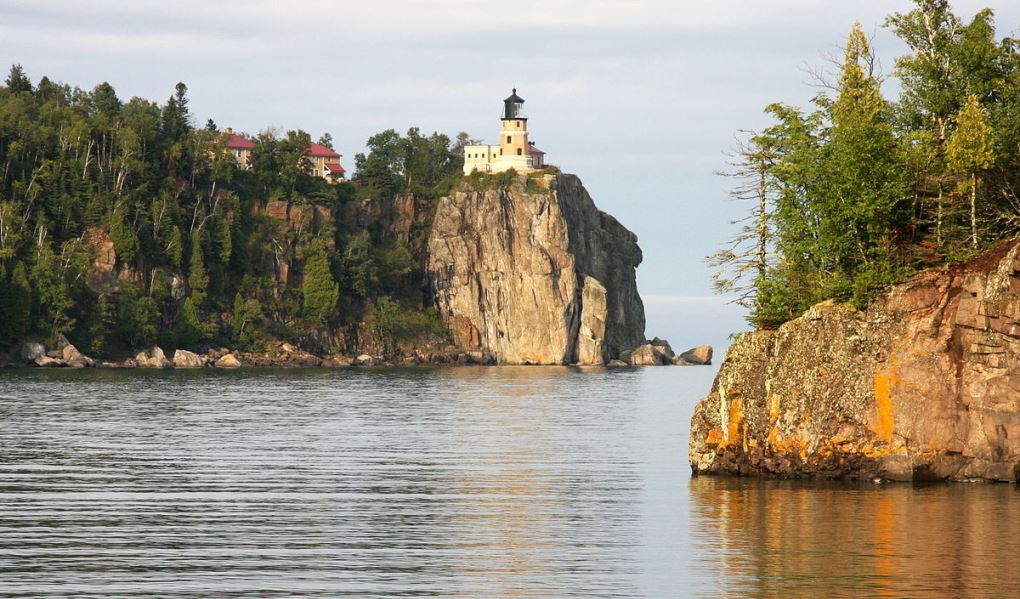Throughout the Great Lakes region, the northwoods signature tree species—such as paper birch, quaking aspen, balsam fir and white spruce—are slowly giving way to invasive grasses and shrubs.
On June 10, 2021, the Minnesota Department of Natural Resources announced that—with help from The Nature Conservancy—hundreds of acres of land across four Minnesota state parks are being reforested with a mix of climate-adapted native species to diversify and restore the health and climate resiliency of these lands into the future.
The largest project site is at Split Rock Lighthouse State Park on Lake Superior’s North Shore. There, paper birch trees are nearing the end of their lifespan, resulting in areas that are overgrown with brush.
With a private grant obtained by The Nature Conservancy, thousands of seedlings in a mix of white pine, red oak, bur oak, yellow birch, white cedar and tamarack have been planted, utilizing best practices for maintaining forests into the future.
“State parks are not only a great place to get outdoors, but they are also home to vast natural resources that need protection and active management to remain healthy into the future,” said Liza McCarthy, DNR district resource specialist. “These forests have changed from what was once here due to turn-of-the-century logging practices, deer browse and climate change.”
Additional planting is being done at Gooseberry Falls, Temperance River and Cascade River state parks. In all, 100,000 seedlings will be planted across the four state parks.
Park visitors may see fencing and protective exclosures around new plantings to deter deer browse. As the trees grow, visitors may observe how the forest changes over time and how different species of wildlife are attracted to it.
Forests with more diverse tree species and ages are more resistant to insect and disease threats and host a broader variety of wildlife species. Trees on the landscape slow rainwater runoff and erosion, shade streams, and capture and store carbon to help slow climate change.
The project is primarily funded by a gift from a private family foundation to TNC with additional funds provided by Minnesota DNR and TNC.
Photo (by jonathunder via Wikipedia) shows Split Rock Lighthouse State Park.

